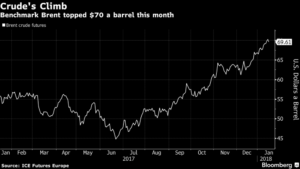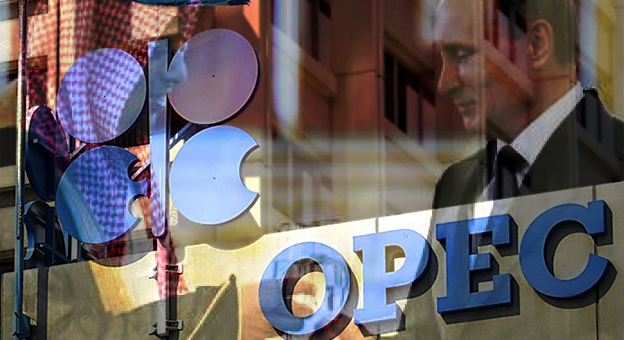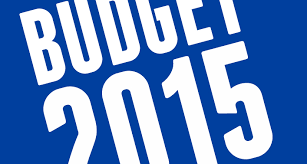
- Crude’s jump to $70 triggers warnings of U.S. output surge
- Ministers prepare to meet in Oman to discuss supply-cuts pact
When OPEC and Russia meet this weekend to review their strategy for clearing a global oil glut, they’ll face an unusual problem: it could be working just a bit too well.
As their output cuts, coupled with robust global demand, tighten the market, crude prices have soared to a three-year high near $70 a barrel. That’s prompted warnings — from Iran’s oil minister to Goldman Sachs Group Inc. and even OPEC’s own analysts — of a fresh surge in U.S. production, wrecking all of the group’s hard work.

“The big concern is prices — are they worried about prices going too high too quickly?” said Mike Wittner, head of oil-market research at Societe Generale SA in New York. “There are many reasons they’d be concerned, but top of the list is: how will U.S. production respond?”
With plenty of surplus oil still around, ministers from the United Arab Emirates, Iraq and Kuwait insist there’s no need to change strategy and the cartel will stick with its plan to restrain production for the rest of the year. Nonetheless, the price jump means that delegates gathering in the Omani capital of Muscat face increased urgency to decide how to phase out the curbs.
“Getting too far above $70” can both stimulate new supply and affect the economy, Jeff Currie, head of commodities research at Goldman Sachs, said in a television interview. “OPEC members do not want to see that.”
Fierce competitors for decades, the Organization of Petroleum Exporting Countries and Russia joined forces in late 2016 against the threat posed by a boom in U.S. shale oil, which had flooded markets and sent prices crashing. To offset the American bonanza, OPEC and Russia assembled a coalition of 24 nations that would cut their own production.
For much of 2017, they struggled, as global inventories remained bloated and prices depressed. But the strategy gained traction in the second half of the year as stronger demand and supply threats from the Persian Gulf to the North Sea helped deplete brimming storage tanks.

Prices responded, with Brent crude futures climbing to $70.05 on Jan. 11, the highest since December 2014. While that gives oil-producing economies much-needed relief, it also presents them with troubling consequences.
Energized by new investment, U.S. production could top 11 million barrels a day next year, surpassing both Saudi and Russian output, according to U.S. government forecasts. That compares with an estimate of 9.3 million a day for 2017. OPEC raised it’s own estimate for rival supply in a report on Thursday, saying higher prices were bringing more oil onto the market.
“There is an unintended consequence from this higher price,” said Ed Morse, head of commodities research at Citigroup Inc. “OPEC are fearful of not only the shale response, but of deep water and of oil sands from Canada.”
That said, burgeoning crude demand will help to mop up some of the additional output. Global consumption will expand by about 1.5 million barrels a day this year, OPEC Secretary-General Mohammad Barkindo said earlier this month.
The producers will formally review their accord in June, and may start to wind it down in the second half of the year, Citi’s Morse and SocGen’s Wittner said. Saudi Arabia and Russia, the biggest producers in the pact, have repeatedly stressed that when the time comes to end the deal it will be done gradually.
In the meantime, the pressure to change strategy is likely to ease in coming weeks as oil prices retreat, the two banks predict. Crude futures will slip in tandem with a lull in seasonal demand as the need for winter fuels abates, and as hedge funds take profits from the recent rally.
“For now, with the price strength looking very temporary, I think OPEC will say we’re on our way to getting the market rebalanced, and keep going,” Morse said. But that resolve may not last all year. “There could be an agreement on ramping production back up over the summer.”
Source: Bloomberg, By Grant Smith, January 18, 2018
file:///C:/Users/Dr.Barik/Desktop/OPEC-Russia%20Oil%20Deal%20Faces%20a%20New%20Danger_%20Too%20Much%20Winning%20-%20Bloomberg.html








Comment here